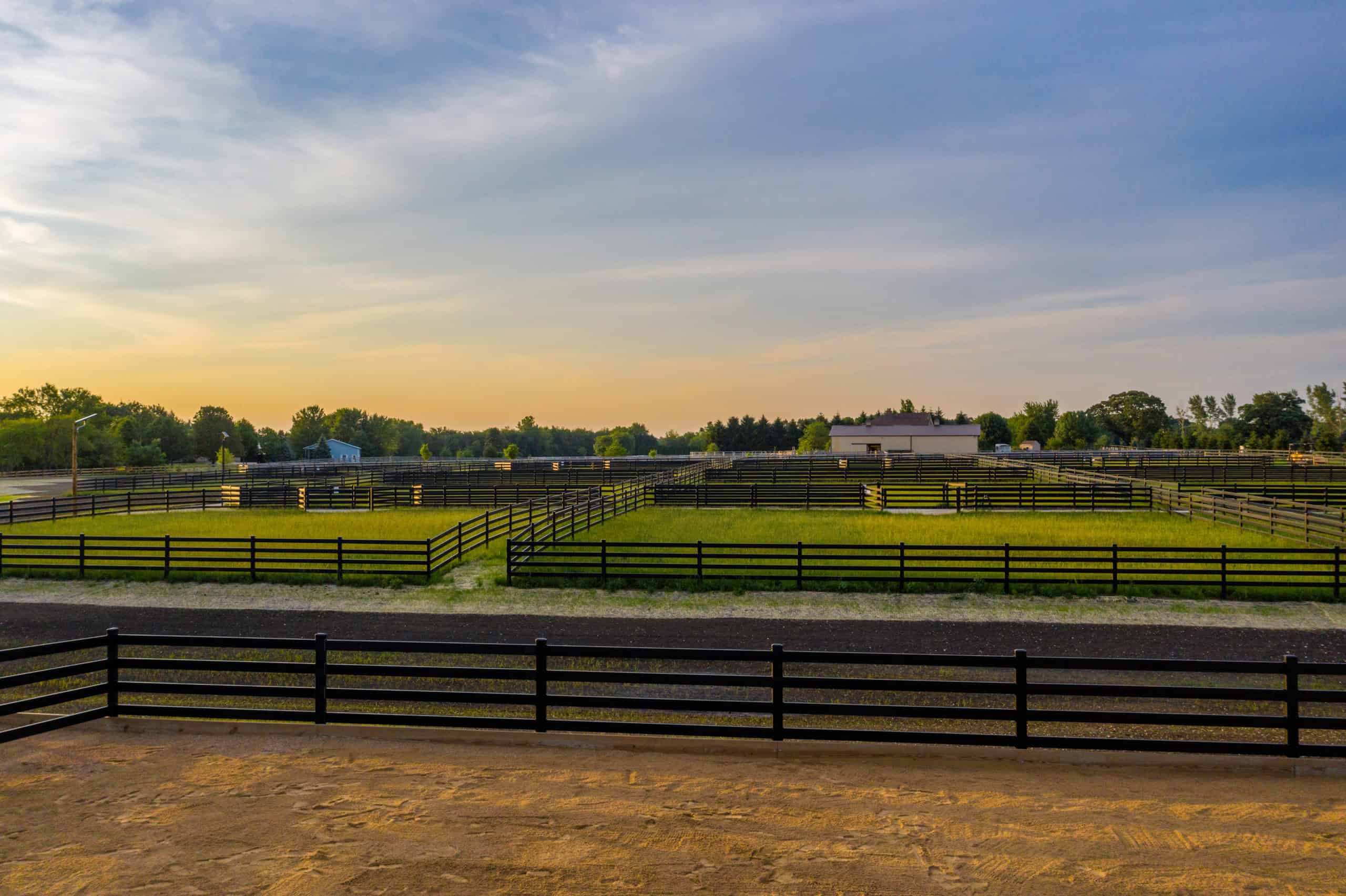Creosote Fence Post Restrictions in the United States
According to the Environmental Protection Agency (EPA), the use of creosote (especially in wood fence posts) dates back to the mid-1800s.1 Created from the distillation of tar, it preserves wood with the goal of protecting it from various household nuisances such as termites and fungi. These pests can seriously degrade the wood. Therefore, creosote is often applied to create creosote wood fencing in order to preserve its lifespan.
However, the EPA currently restricts the use of creosote to commercial uses only, limited to railroad ties and utility poles. Residential use of creosote is banned, including its use in landscaping and gardening. This is especially true for wood that may come into contact with food, feed, or drinking water.
Why Is Creosote Banned?
The EPA banned creosote fence posts because they believed it was linked to cancer and other environmental risks. They did studies for years on animals and found genetic changes and cancer. Workers commonly exposed to creosote (whether in fences or related products) were found to have skin cancers that might be related to handling the dangerous product.
Alternatives to Creosote Fences
While there are substitutes for creosote, they are quite inferior in terms of protection. Commonly, cedar posts are used as they have some natural deterrent to insects, but we have had customers who live in the southeastern part of the US, say their cedar posts fall over from termites in less than 5 years.
So what happens to wood that has been untreated with creosote? In humid climates, it degrades rapidly. It is often consumed immediately by pests and simply doesn’t have the lifespan it has when treated with creosote. There is a chance the lifespan of the wood is improved in drier climates (as compared to humid), but the risk of degradation is still very high.
That’s where Buckley Steel Board Fences come in.
Buckley Steel Board Fence not only lasts for years without the need for creosote but is also superior to other types of fencing with regard to being eco-friendly. It is made from the most recycled material on earth (steel), and after its use, can be recycled to 100% of its original properties. Treated wood must go to the landfill and cannot be burned, PVC is not recyclable and other plastics are downcycled which means each recycling greatly lowers its properties.
If you have a wood fence, it may be time to re-evaluate the safety of using a product that may have been treated with creosote. If you are planning to buy wood fencing that has not been treated with creosote, keep in mind wood posts have very low life spans and make using this material for fencing a very short-term solution.
Ready to replace your creosote fence post? Check out our steel boards and see if they’re a good fit.
(Interestingly, effective May 1, 2013, the European Commission banned the use of creosote on the European Union (EU) market unless a company receives specific authorization.)2
Please refer to the sources below for more information on creosote and its uses.
1. Creosote. Ingredients used in pesticide products. Environmental Protection Agency (EPA). Available at: https://www.epa.gov/ingredients-used-pesticide-products/creosote
2. Environment: Tiger restrictions on industrial creosote use. European Commission. July 26, 2011. Available at: https://ec.europa.eu/commission/presscorner/detail/en/IP_11_925



